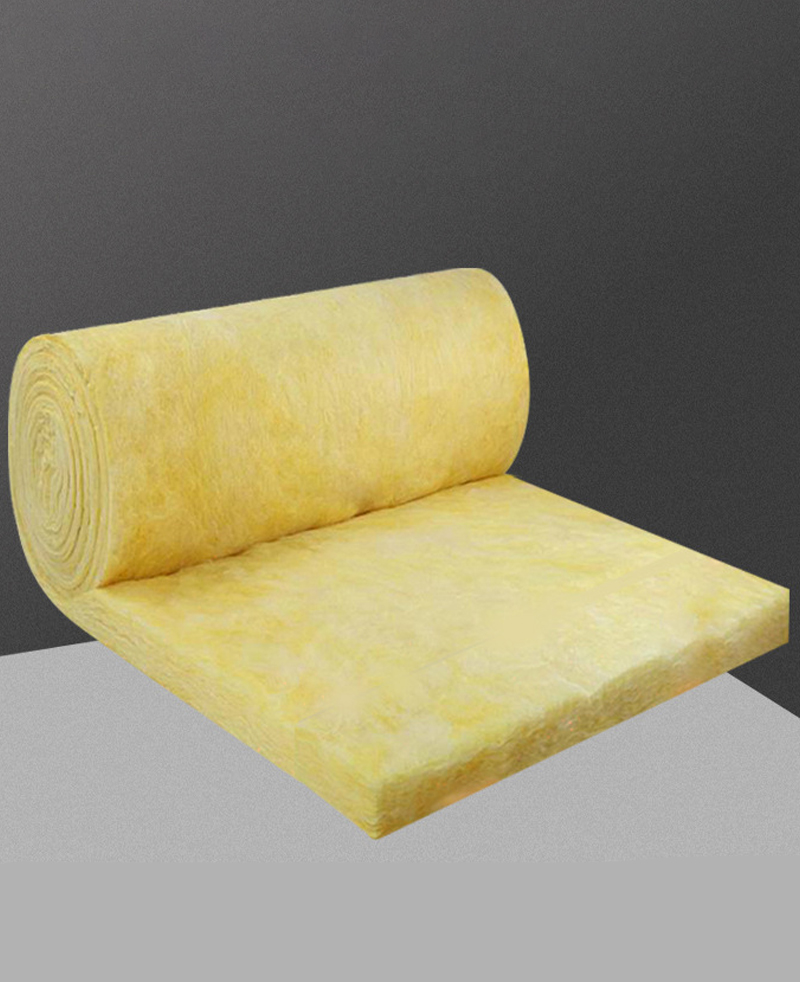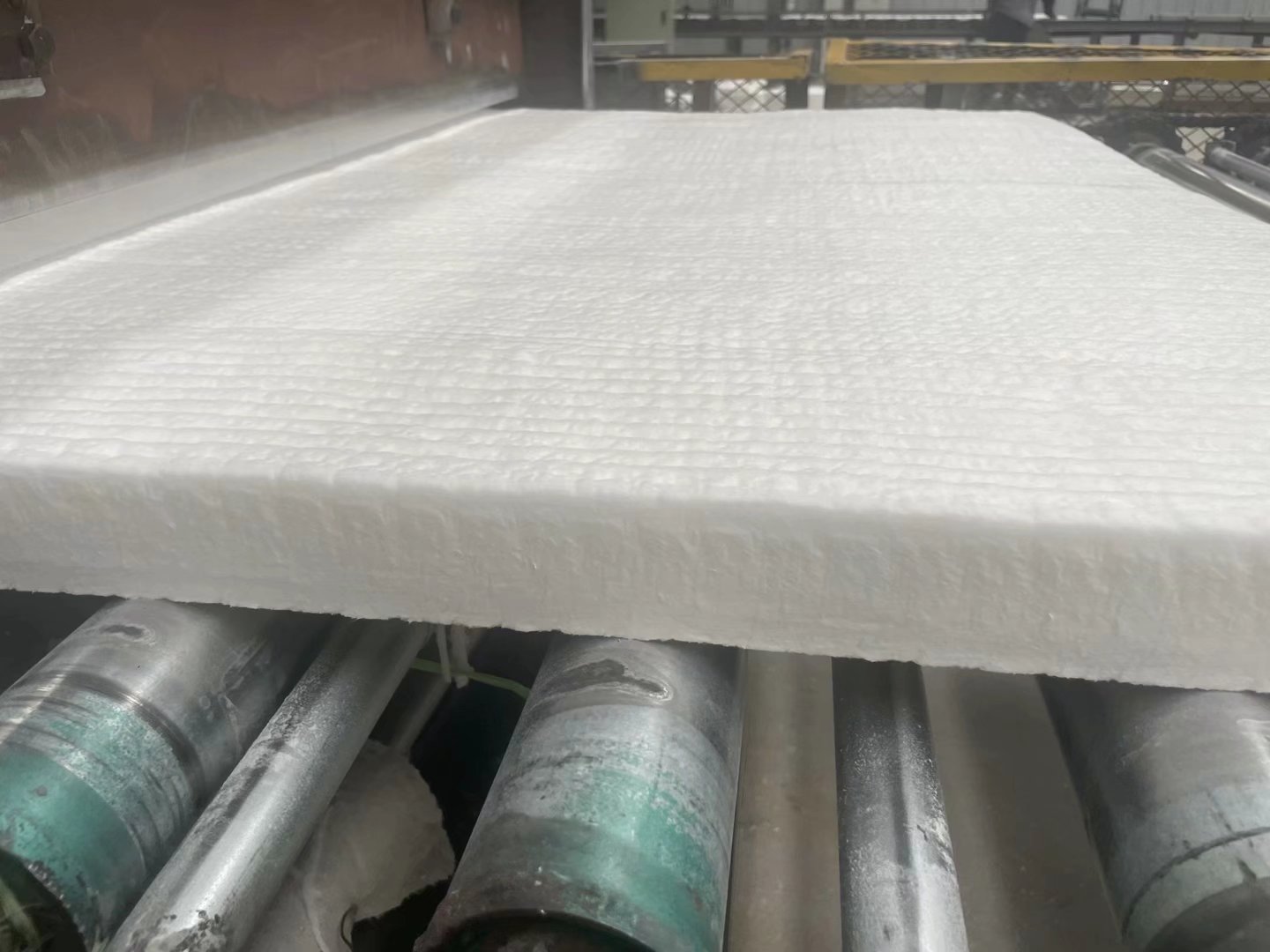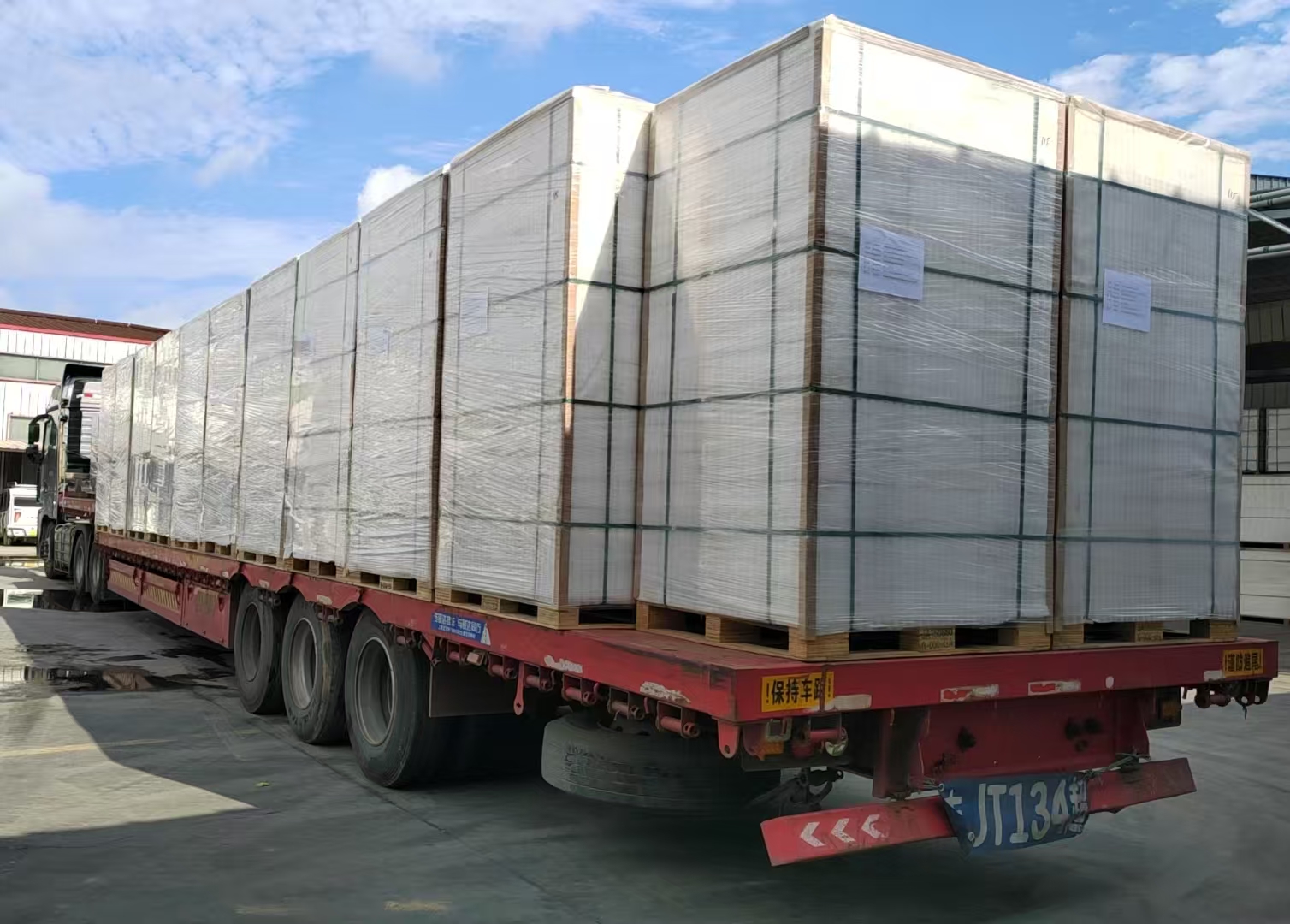Correct installation is critical to ensure maximum performance and durability. Below are the key steps and considerations:
Before installation, the furnace wall or metal shell should be clean, dry, and free of debris or oil to ensure a solid bond or anchoring.
Ceramic fiber modules are typically installed using metal anchoring systems (e.g., Y anchors, L anchors, or threaded studs). These are welded or bolted to the furnace lining surface.
Use heat-resistant stainless steel anchors.
Follow the module supplier’s anchoring layout recommendations.
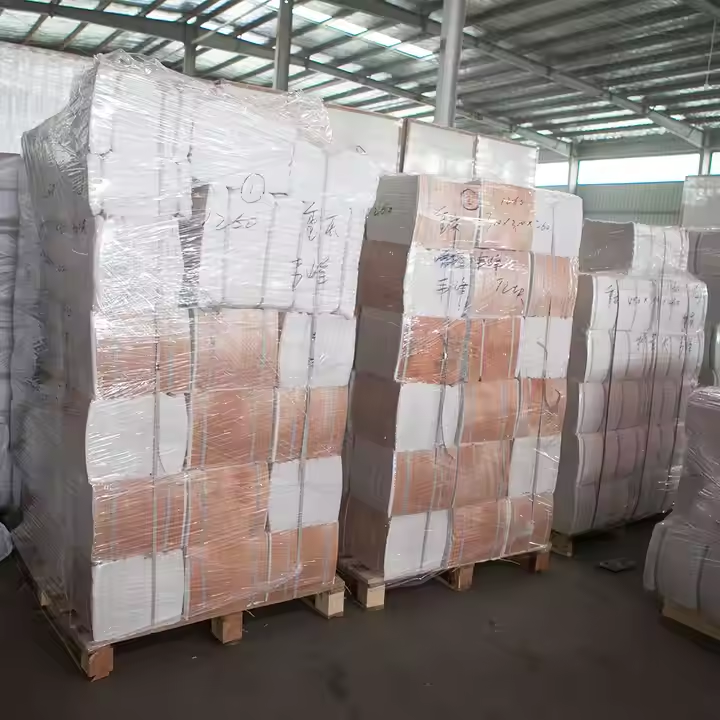
Modules should be installed in a compressed manner to compensate for thermal shrinkage and avoid gaps.
Always align the folds (if accordion-type) perpendicular to the heat source.
Stagger joints between rows for better insulation integrity.
Modules are installed under compression to prevent hot gas infiltration.
Use a rubber mallet or compression tool to tightly fit each module.
Maintain uniform compression across the wall or ceiling.
Use ceramic fiber blankets or bulk fiber to fill any small gaps or corners. This enhances the overall thermal sealing.
Apply refractory coatings or rigidizers if necessary to protect the fiber surface from abrasion or gas flow.
Once installed, ceramic fiber modules offer the following benefits:
Operates reliably at temperatures up to 1260°C–1430°C (2300°F–2600°F).
Excellent insulation reduces heat loss and lowers fuel consumption.
Lightweight structure enables faster thermal cycling, ideal for batch furnaces.
Resistant to thermal shock and mechanical vibration in harsh industrial conditions.
Modules are durable, dust-resistant, and easy to replace when necessary.
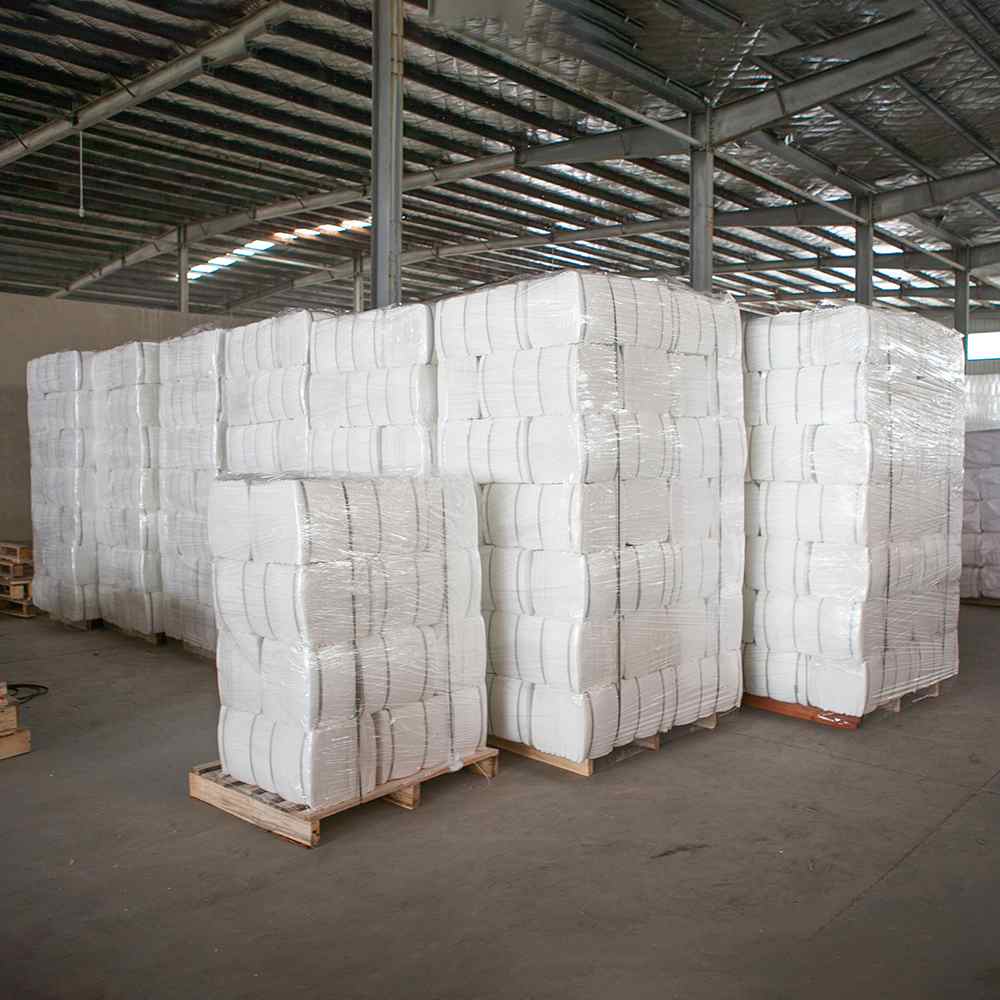
Ceramic fiber modules are widely used in:
Petrochemical furnace linings
Steel industry heat treatment furnaces
Ceramic and glass kilns
Boilers and incinerators
Forging and foundry equipment
The installation and use of ceramic fiber modules provide an effective solution for high-temperature insulation in industrial furnaces. Their easy-to-install design, combined with superior thermal performance, makes them an essential material for energy efficiency and operational safety.
